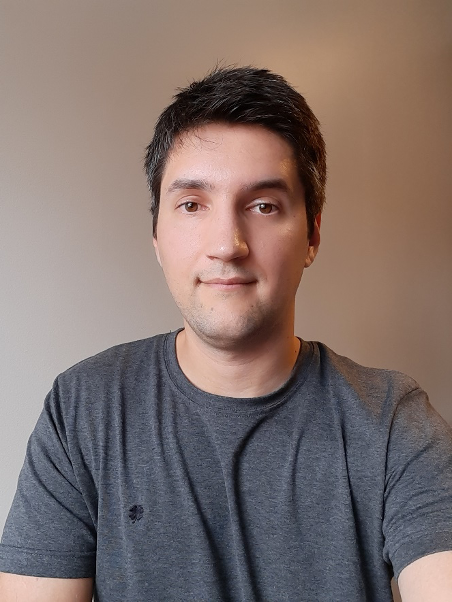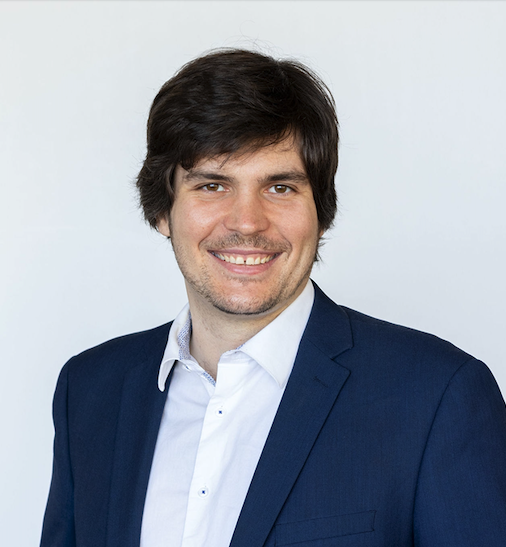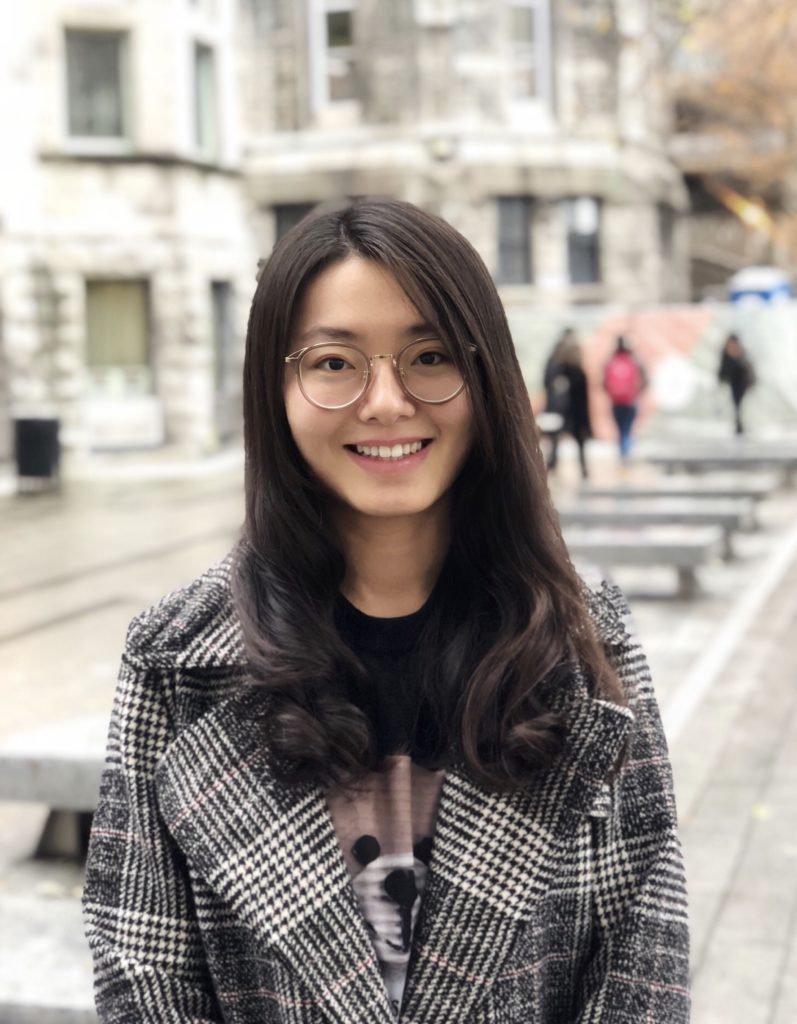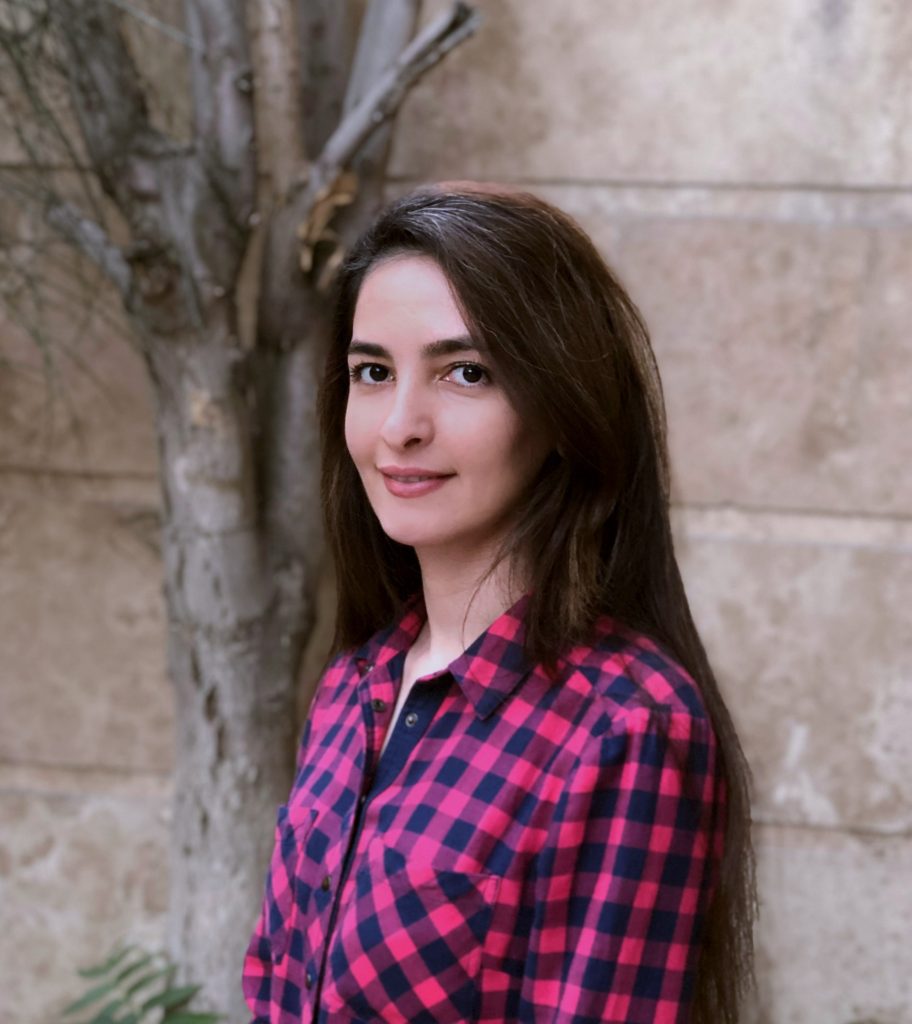Position
Name
Professor

José Azaña was born in Toledo, Spain. He received the Telecommunication Engineer degree (six years engineering program) and PhD degree in Telecommunication Engineering from the Universidad Politécnica de Madrid (UPM), Spain, in 1997 and 2001, respectively. He completed part of his doctoral research at the University of Toronto, ON, Canada (1999) and the University of California, Davis, CA, USA (2000).
From September 2001 to mid 2003 he worked as a Postdoctoral Research Fellow at McGill University Montreal, QC, Canada. In 2003, he joined the Institut National de la Recherche Scientifique – Centre Energie, Matériaux et Télécommunications (INRS-EMT) in Montreal, where he is currently a Full Professor. From 2011 to 2021, he has been the holder of the Canada Research Chair in “Ultrafast Photonic Signal Processing”.
Prof. Azaña’s research interests include ultrafast photonics, optical signal processing, all-fiber and integrated-waveguide (silicon-photonic) technologies, optical pulse shaping and waveform generation, fiber-optic telecommunications, all-optical (classical and quantum) computing, measurement of ultrafast events, light pulse interferometry and broadband microwave signal generation and processing. He has to his credit above 600 publications in top scientific journals and technical conferences, including about 250 contributions in high-impact peer-review journals (with most publications in the OSA, IEEE, and Nature publishing groups) and many invited and co-invited journal publications and presentations in leading international meetings. His published research work has been highly cited by his peers and some of his original optical signal processing and analysis methods are widely utilized for scientific research and practical applications.
Prof. Azaña is a member of the Center of Optics, Photonics and Lasers (COPL), a strategic research network funded by the Govt. of Quebec, and he is also a Fellow member of the OSA. He has served in the technical program committee of numerous scientific conferences and technical meetings, and he has been a Guest Editor of 5 monographs devoted to the area of Optical Signal Processing, published by EURASIP J. Appl. Signal Proc. (2005), IEEE/OSA J. of Lightwave Technol. (2006), Chinese Science Bulletin (2014), Elsevier Opt. Comm. (2016) and the IEEE Photon. Technol. Lett. (2019). Presently, he is a Senior Editor of the IEEE Photonics Journal. Prof. Azaña’s research outcome has been recognized with several research awards and distinctions, including the XXII national prize for the “best doctoral thesis in data networks” from the Association of Telecommunication Engineers of Spain (2002), the “extraordinary prize for the best doctoral thesis” from his former university, UPM (2003), the 2008 IEEE-Photonics Society Young Investigator Award, the 2009 IEEE-MTT Society Microwave Prize, and the 2020 Canada Brockhouse Prize for interdisciplinary research in science and engineering (with R. Morandotti, INRS-EMT).
Post-Doctoral Research Fellows

Manuel Fernandez received his B.Sc. degree in Telecommunications Engineering Technologies at the University of Granada (Spain) in 2014, where we graduated in the specialty of Telematics. In 2015, he joined the Telecommunications Applied Research Laboratory (Centro Atómico Bariloche – Instituto Balseiro) as a Ph.D student. In 2020, he defended with outstanding grade his thesis entitled “Remote Monitoring of Passive Optical Networks”. During his Ph.D., he specialized in optical time-domain and frequency-domain reflectometry techniques for monitoring and sensing over complex network architectures. During his time in Instituto Balseiro, he also worked as a teaching assistant in the career of Telecommunications Engineering. After his Ph.D, he worked as a postdoctoral fellow in the Telecommunications Applied Research Lab until 2021. In 2021, he joined Prof. José Azaña’s group at the INRS-EMT as a postdoctoral fellow.
His main research interests include ultrafast (all optical) signal processing techniques based on nonlinear optics, high performance time- and frequency- domain reflectometry techniques, microwave photonics for signal processing and sensing, passive optical networks and high-capacity optical coherent communications systems.
PhD Students

Benjamin Crockett was born in Montréal, Québec, Canada. He complete his Bachelor’s degree in Physics at McGill University in 2016, with an interdisciplinary path between condensed matter quantum physics and signal processing. He began working with the Photonic Signals and Systems group with Prof. José Azaña at INRS-EMT in 2014 as an intern under the supervision of Dr. Maurizio Burla, where he worked on an automated measurement setup for silicon photonic chips. Benjamin kept this position throughout his undergraduate studies, assisting Ph.D students in their experiments. He then enrolled at INRS to pursue a Master’s degree from the Photonic Signals and Systems group with the support of a Fonds de Recherche du Québec – Nature et Technologies (FRQNT) scholarship, in the aim of studying noise mitigation techniques using the Talbot effect. In 2019, he completed his degree with his thesis entitled “Denoising Amplification of Arbitrary Coherent Signals Using the Talbot Effect” which was rewarded the prize for best Master’s thesis at INRS for the 2019-2020 academic year.
Benjamin is now pursuing his Ph.D degree under Prof. Azaña with the support of a Postgraduate Scholarship-Doctoral (PGS D) scholarship by the Natural Sciences and Engineering Research Council of Canada (NSERC). His research interests lie in noise mitigation of optical signals, time-frequency representations, information processing, metrology and quantum optics. He aims to develop techniques to improve the sensitivity, resolution, and detection of optical signals, from ultra-narrow to ultra-wideband signals, including both classical and quantum systems.

Saket Kaushal was born in Kolkata, India on October 17, 1989.
He received his BTech in Electronics and Communication Engineering from IEM Kolkata, and MS (research) degree in Electrical Engineering from the Indian Institute of Technology – Madras, India, in 2011 and 2016, respectively. He pursued his MS with the Integrated Optoelectronics Laboratory, under the supervision of Dr. Bijoy Krishna Das.?His research was focused on Modelling and experimental investigation of integrated optical microheaters in Silicon on Insulator platform. ?After finishing his MS, he worked in Applied Materials Inc. as a senior application engineer till July 2017.
He is currently pursuing his Ph.D degree with the Ultrafast Optical Processing group at the Institut National de la Recherche Scientifique – Energie, Matériaux et Télécommunications, Université du Québec (Canada), under the supervision of Prof. José Azaña. ?His recent research interests include chip based energy efficient optical signal processors for high speed communication.

Saikrishna Reddy was born in India on November 15, 1991.
He received his B.Tech in Electronics and Telecommunication Engineering from JNTU Hyderabad, and M.S (research) degree in Electrical Engineering from the Indian Institute of Technology – Madras, India, in 2012 and 2015, respectively. During his M.S he worked under the supervision of Prof. Deepa Venkitesh from IIT Madras, and Prof. Liam P Barry from Dublin City University, Ireland.
His research was focused on investigating advanced modulation formats, such as Orthogonal Frequency Division Multiplexing, for passive optical networks.
He is currently pursuing his Ph.D degree with the Ultrafast Optical Processing group at the Institut National de la Recherche Scientifique – Energie, Matériaux et Télécommunications, Université du Québec (Canada), under the supervision of Prof. José Azaña.
His recent research interests include energy-efficient optical signal processing for next generation optical communications and optical signal measurement.
co-supervised with Prof. Jian Wu, Beijing University of Posts and Telecom

Xinyi Zhu received the B.Eng. degree in Electronic Science and Technology from University of Electronic Science and Technology in 2015, and M.S degree in Electronics and Communication Engineering from Institute of Semiconductor of the Chinese Academy of Sciences in 2018. During her M.S she worked under the supervision of Prof. Ming Li in the National Key Laboratory on Integration. She worked in the topic of arbitrary waveform generation.
She is currently pursuing her Ph.D degree in the Ultrafast Optical Processing Group at the Institut National de la Recherche Scientifique-Energie, Matériaux et Télécommunications, Université du Québec (Canada), under the supervision of Prof. José Azaña.
Her recent research interests are optical communications and optical signal processing.
Master Students

Connor Rowe completed his degree in Mathematical Physics and received a double minor in Astrophysics and Pure Mathematics from the University of Waterloo. He worked as a research assistant to Prof. Donna Strickland at her ultra-fast laser physics lab in Waterloo implementing a all normal dispersion femtosecond Ytterbium fibre laser and building pulse characterization schemes as well as pulse compressors with gratings and prisms. Connor was led by Dr. Pavel Sidorenko at the Wise Group at Cornell University in building the fibre laser system including the gain managed nonlinear amplifier. He has also was taught by Prof. Robin Marjoribanks at the University of Toronto in birefringent fibre splicing.
Currently Connor is pursuing a Masters degree in Energy and Materials Science with Dr. José Azaña. He pursues his work supported by the Alexander Graham Bell Award from the National Science and Engineering Research Council of Canada, and the Ovivo Academic Achievement Scholarship. His interests are broadband cloaking, Talbot effect implementations, and time-frequency representations of ultra-fast signals. He pursues research equally through a passion for mathematics and the enjoyment of creating in the laboratory.

Afsaneh Shoeib received a Master’s degree in Electrical Engineering from Tarbiat Modares University, Tehran, Iran in 2015. During her M.Sc she worked on the design and simulation of photodetectors based on ion implanted silicon microring resonators under the supervision of Prof. Moravvej Farshi in the Advanced Device Simulation Laboratory. Afsaneh is currently pursuing her master’s studies in Telecommunications, as a member of the Photonic Signals and Systems group under the supervision of Prof. José Azaña, at the Institut National de la Recherche Scientifique–Center Énergie, Matériaux et Télécommunications (INRS-EMT). Afsaneh’s research interests include silicon photonics and ultrafast signal processing. Her current research focus is on the modelling, designing, and simulation of a variety of sub-systems, mainly based on fiber-optics and integrated-waveguide technologies, time-frequency representations, as well as processing of high-speed optical signals.
Technician

Rob Helsten completed a BSc in physics from the University of Waterloo in 2004.
Upon obtaining that degree he relocated to Montreal to study under the supervision of professor Roberto Morandotti. In 2007 he received a MSc degree for his work entitled “Characterization of the Electro-Optical Effect in CBN Thin Films”. He is Currently employed by the UOP group as the lab technician.
